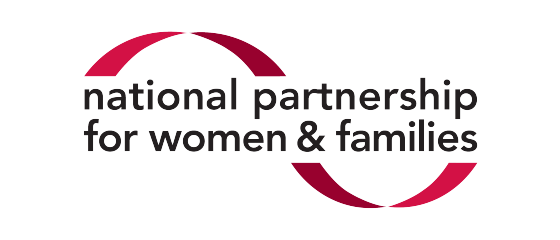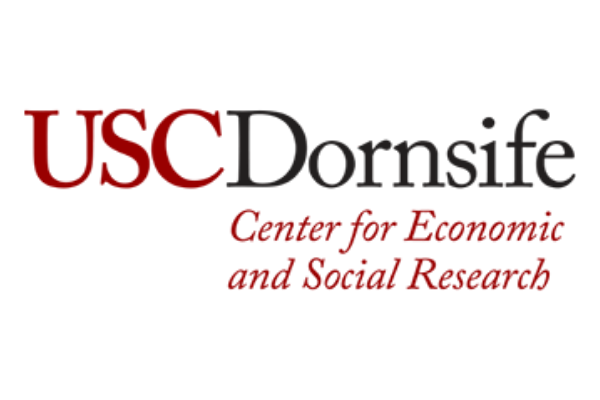Unpaid and Unprotected: How the Lack of Paid Leave for Medical and Caregiving Purposes Impacts Financial Health
Paid leave for medical and caregiving purposes can help workers cope in challenging times.
-
Program:
-
Category:

Overview
The COVID-19 pandemic has exposed the fragility of U.S. workers’ financial lives. Widespread lay-offs, school and child care closures, and devastating loss have disrupted the livelihoods of workers across the country, particularly women and workers of color. To cope with some of these profound disruptions, many employees have turned to workplace benefits offered by their employers, including paid leave for medical or caregiving purposes. Yet, far too many workers, especially part-time and low-wage earners, do not have access to these important benefits, leaving them unpaid and unprotected in uncertain times.
This report calls for workplace paid leave policies that can help workers meet medical or caregiving needs, and offers new insights on the relationship between paid leave and positive financial health outcomes.
Top Takeaways
Leveraging survey data from the Financial Health Pulse, the national consumer research study focused on the financial health of people in the United States, we find that:

Having access to paid leave for medical or caregiving purposes is correlated with less financial stress, better financial health, and higher job satisfaction.

Among workers who experienced a serious illness or injury in their household over the past year, those who took paid leave were less likely to report financial hardships related to housing, food, and healthcare than those who took unpaid leave.

Women (62%) are less likely than men (70%) to report having access to paid leave for medical or caregiving purposes and were more likely to reduce their hours to cope with illness or injury over the past year.
Data Spotlight
The Family and Medical Leave Act (FMLA) entitles eligible employees of covered employers to take unpaid, job-protected leave for certain reasons, but less than 60% of workers are covered by this policy. Even among workers who are covered by the FMLA, many cannot afford to take unpaid time off to provide care for themselves or a family member in the event of illness or injury. (See the full appendix for this report).

Our Partner
The Financial Health Network partnered with the National Partnership for Women & Families to field this study to members of USC’s Understanding America Study consumer panel. The survey data used in this report included people who indicated that they were employed or on sick or other leave (n = 3,574).

Our Supporters
The Financial Health Pulse is supported by the Citi Foundation, with additional funding from Principal Foundation. Since the inception of the initiative in 2018, the Financial Health Network has collaborated with USC’s Dornsife Center for Economic and Social Research (CESR) to field the study to their online panel, the Understanding America Study. Study participants who agree to share their transactional and account data use Plaid’s data connectivity services to authorize their data for analysis.
In addition to their help in fielding the Financial Health Pulse survey, the research team at CESR also conducted five interviews with survey respondents who indicated that they took time off from work to tend to a serious illness in their household in the 2021 Financial Health Pulse survey. Quotes from these interviews were featured via social media posts by the Financial Health Network.
The findings, interpretations, and conclusions expressed in this piece are those of the Financial Health Network and do not necessarily represent those of our funders or partners.




Written by
Unpaid and Unprotected: How the Lack of Paid Leave for Medical and Caregiving Purposes Impacts Financial Health
Explore the trends. Discover new insights. Build stronger strategies.


